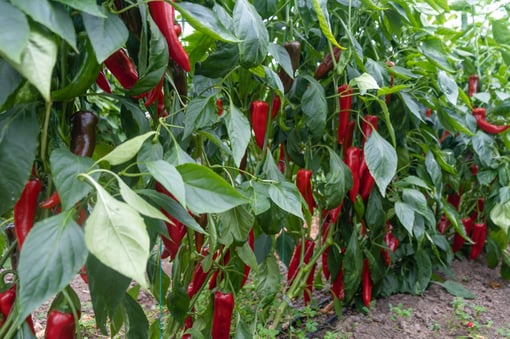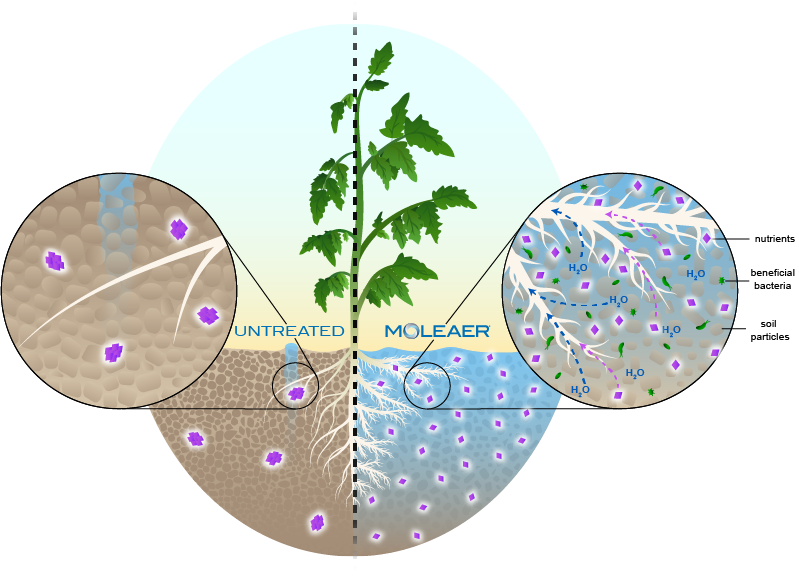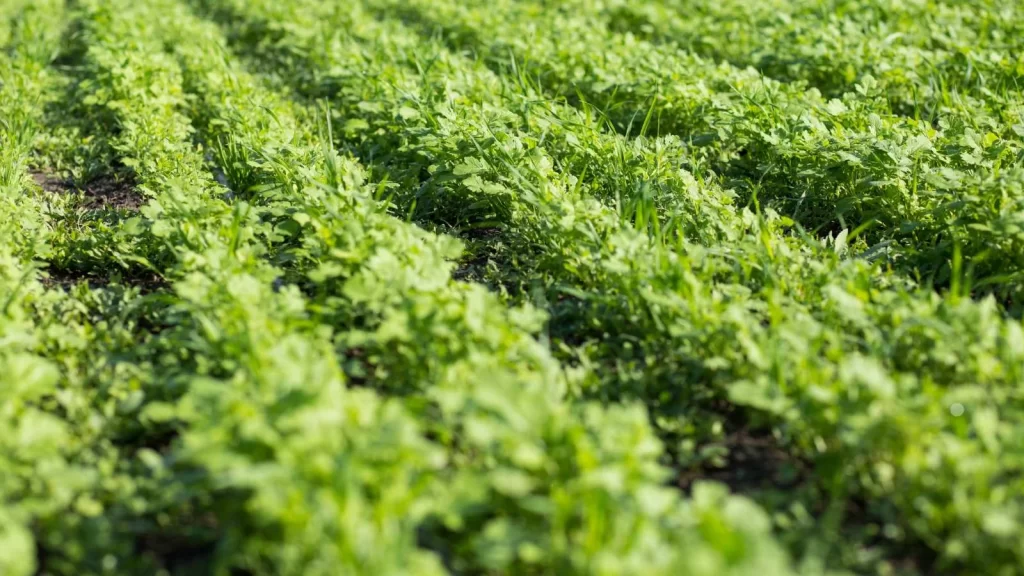As the effects of climate change become more apparent, the agricultural sector faces longer periods of drought, higher temperatures, and in some cases restrictions on water availability. This not only affects plants directly, but it also affects water quality and soil structure, becoming an even bigger problem for growers.
When the water temperature increases in the reservoir or in the irrigation tanks, the level of oxygen – necessary for the development of the roots – in the water decreases, affecting plant development, vigor, and therefore crop production. When there’s less oxygen in the irrigation water and in the root zone, this favors the growth of pathogens that normally thrive in anaerobic conditions, such as Pythium and Phytophthora, which cause diseases and affect plant development.

TRADITIONAL METHODS TO IMPROVE IRRIGATION EFFICIENCY FALL SHORT
Traditionally, different methods have been used to alleviate these problems, such as the aeration of irrigation water to increase oxygen, the use of chemicals for the control of algae and pathogens, the use of humectants or physical means to combat the effects of compaction, none of which is especially efficient, cost-effective or sustainable.
Revolutionize Your Crop Yields and Discover the Power of Nanobubbles Today!
NANOBUBBLE TECHNOLOGY HAS EMERGED AS A MULTI-PRONGED SOLUTION
It has been proven that Moleaer’s nanobubble technology, injecting billions of nano-sized oxygen bubbles (2,500 smaller than a grain of salt) into irrigation water, increases dissolved oxygen levels more efficiently and stably than any other method. Nanobubbles also have unique properties that provide additional benefits.
Most growers know that increased dissolved oxygen levels maximize oxygen utilization by plants and beneficial microbes in the rhizosphere, promoting healthy root development and improving plants’ resilience to environmental stressors such as drought and heat. Oxygen supersaturation from nanobubble technology also helps reduce algae and suppress pathogens in stored irrigation tanks and reservoirs.

Independent researchers and universities have established that dissolved oxygen produced by Moleaer nanobubble technology is more efficient and stable than any other form of oxygenation, enabling growers to achieve optimal and more stable dissolved oxygen concentrations in their irrigation water, consistent from the point of treatment all the way to the last dripper and plant.

Rahul Mehta
Rahul Mehta is the Business Development Manager at Pure Water Enterprises, one of the fastest-growing water & wastewater companies in India. Specializing in wastewater filtration, disinfection, and bioremediation, his expertise has helped him understand the Indian water treatment landscape and position the organization's innovative and eco-friendly solutions in the most efficient way possible.




